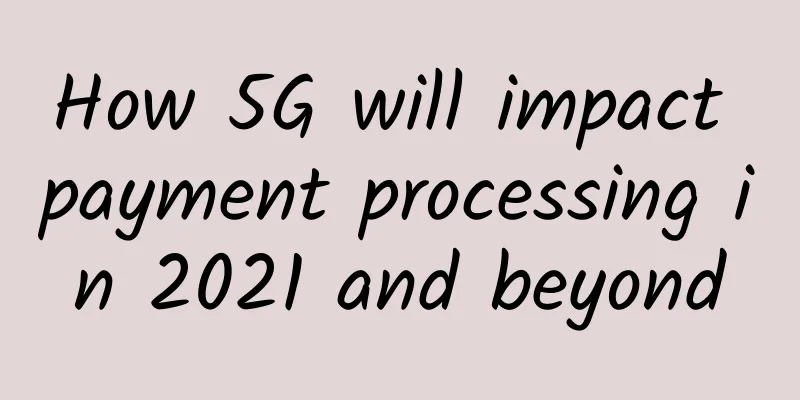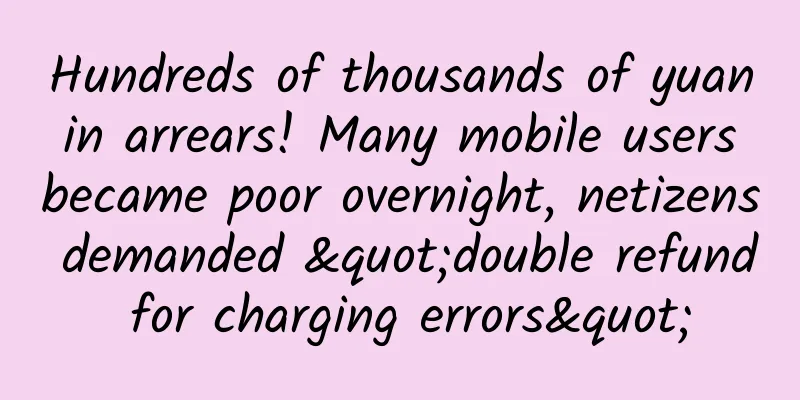How 5G will impact payment processing in 2021 and beyond

For payment processing, 5G will impact latency, scalability, and efficiency. Through innovation, 5G can significantly optimize payment processing to meet evolving consumer demands. As businesses continue to embrace digital and mobile services, it’s important to understand the impact of 5G. This article will look at how 5G relates to payment processing and discuss four key impacts we expect to see. What is 5G?The term “5G” is widely used these days – but how many of us actually know what 5G is? Starting in 2019, cellular companies began releasing the fifth generation of cellular technology. This generation is known as 5G. In short, 5G is a network and technology that enables mobile devices to interact with each other and transfer data. As a result, 5G experts expect this generation to significantly improve the usefulness and efficiency of cellular networks. Benefits of 5G include:
What does 5G have to do with payment processing?5G has the potential to reshape the payments process as we know it. Traditional financial transactions involve the physical exchange of money or the use of payment cards. This way of doing business has evolved naturally as e-commerce and fintech have paved the way for virtual services. Now, most transactions can be conducted digitally. As it stands, consumers can access many other payment methods through their mobile devices. With the widespread adoption of 5G, we will see a dramatic change in the possibilities of payment processing. Customers will have more choices and personalized information than ever before. Key impacts of 5G on payment processingWhether you’re a merchant, business owner, or consumer, it’s critical to understand how 5G will impact payment processing. Below, we identify four major impacts that 5G will have on payments in the coming years. 1. Reduce latency Latency is the time it takes for a signal to travel from the source to the receiver and then back to the original signal. With each new generation of cellular networks, a major goal is to reduce latency more each time. As a result, 5G has the best latency of all its predecessors. The main factor limiting latency reduction is human reaction speed, not machine reaction speed. By reducing the time it takes for a signal to reach its destination and illegal replies, many transactional errors can be avoided. In addition, we can significantly reduce the time it takes to receive payment confirmation. Further benefits of reduced latency include:
2. Improved security As cellular and internet networks adopt 5G, the security of your financial data will become a priority. In addition to passwords, 5G will place greater emphasis on biometric authentication. This includes facial and fingerprint recognition, among others. Experts believe that these 5G biometric technologies will be more efficient and accurate. We may also see an expansion of biometric security measures spread using 5G. One potential example is the ability to authorize purchases simply by facial recognition. Here are three key benefits of 5G in payment security:
3. Increased use of the Internet of Things It is widely predicted that the adoption of 5G will also help to popularize Internet of Things (IoT) applications. The Internet of Things is a term used to refer to the entirety of physical devices that are connected to the global internet. Therefore, any device that can be connected to the internet can also function as an IoT device. This includes any physical object that can be controlled through an internet connection, such as a light that can be turned off and on remotely. This means that payments can come from a variety of IoT devices as long as they are part of the same network. According to a recently released NewNet white paper:
Additionally, we will see more and more blockchain systems being used in conjunction with the Internet of Things. Blockchain IoT enables more secure payments and transaction transparency. The benefits of blockchain IoT for payment processing include:
4. Increase the popularity of e-wallets While e-wallets existed before 5G, their popularity is sure to increase as 5G becomes more widely accepted. An e-wallet is an application that allows you to make payments through your mobile device. A very popular example of an e-wallet is Apple Pay. This payment service securely stores your debit or credit card information. So, you can make purchases as you wish. 5G inherently supports mobile payments and mobile commerce. For users of e-wallets, this means that the speed and security of transactions can be greatly improved when paired with 5G networks. In turn, we will see more people willing to accept digital payment systems and open their own e-wallet accounts. Here are three key ways 5G will positively impact e-wallets:
Conclusion: When will 5G for payments be widely adopted?As 5G becomes more widely adopted, the payments processing industry will undergo an equally significant evolution. 5G experts promise that payments will be more transparent and efficient. This is possible due to the reduced latency of 5G. In addition, 5G supports biometric authorization, which can increase transaction security. As for when we can start seeing these changes – the answer is now. Major cellular network providers have already begun rolling out 5G. The transition from 4G to 5G won’t happen overnight. However, we’re already seeing the benefits of the next generation. When it comes to payment technology, 5G will be an excellent enabler for mobile payments. 5G will allow consumers to make secure, on-demand purchases in seconds. Success in the coming years will depend on each business’s willingness to adapt. Businesses and merchants that adapt quickly will be the first to reap the many rewards that 5G offers for payment processing. |
>>: China Telecom develops 5G slicing technology to help the industry's digital transformation
Recommend
How to build a faster fiber optic network infrastructure?
Fiber optic network infrastructure is the backbon...
How to continue writing “Extraordinary Jiangsu”?
[51CTO.com original article] On August 8, at the ...
“Number Portability” is launched nationwide! Who will be the next “pain point” to be solved?
The national "number portability" servi...
CloudCone: Large hard disk VPS annual payment starts at $17.77, Los Angeles MC data center, KVM architecture
CloudCone is a foreign hosting company founded in...
What impact will satellite internet have on you when it really arrives?
Starlink, a satellite internet service that has b...
5G, which frequently appears on hot searches, has really "broken the circle" in 2021!
It has been two years since the 5G license was is...
The tragedy of database collision – it’s time to change your security thinking!
2016 is destined to be the most milestone year in...
The love-hate relationship between TCP and UDP
Recently, the epidemic in Qiaoxi District, Shijia...
GreenCloudVPS 9th anniversary, $15/year KVM-2GB/20GB/2TB/San Jose and other data centers available
GreenCloudVPS recently launched its 9th anniversa...
Learn InnoDB tablespace
[[408831]] This article is reprinted from the WeC...
TmhHost: Los Angeles three-network CN2 GIA quarterly payment starts from 100 yuan, Japan SoftBank VPS quarterly payment starts from 150 yuan
TmhHost is a Chinese VPS service provider establi...
Omdia Observation: Small fiber network operators in the UK and US are driving the new FTTP boom
The latest report from market research firm Omida...
Fiberia.io: $2.9/month KVM-4GB/50GB/2TB/Netherlands data center
Fiberia.io is a new website, from the same compan...
2018 World Internet of Things Expo press conference held in Beijing
Today, the global Internet of Things era is leadi...









